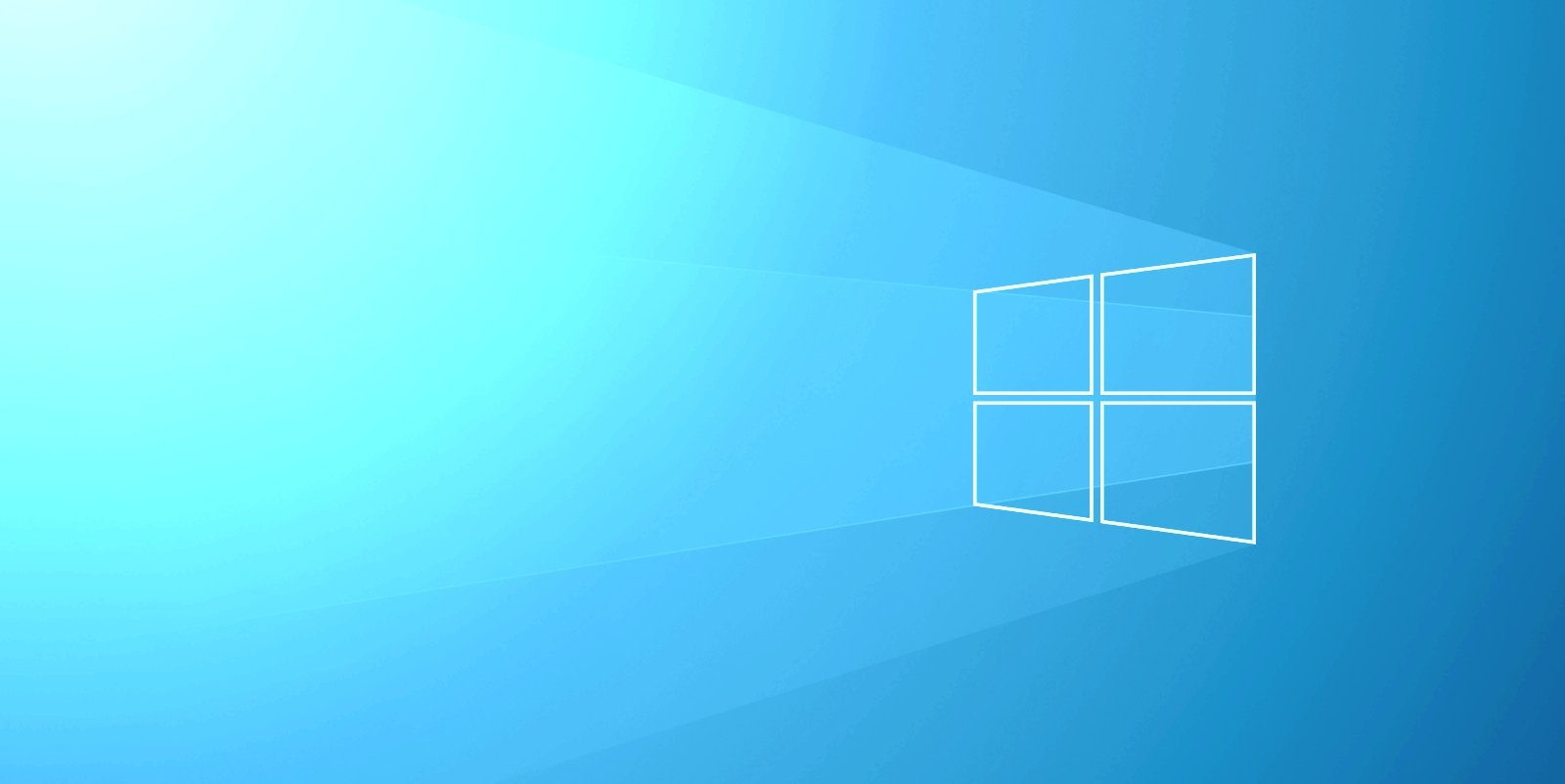
With the release of the latest Windows 10 ‘Dev’ preview version, Microsoft is taking a look at some of the new features and changes they are developing. These features range from a preview of upcoming Sun Valley animations to a new File Explorer layout.
We love some of these features, while others not so much. Below, we describe the new changes so that you can decide for yourself.
File Explorer
As you can see in the GIF below, Microsoft is spacing out items, columns and rows in File Explorer and adding a little more breathing space in other areas to help you easily interact with your files with the touchscreen.
This change was also designed for better consistency with modern experiences (XAML) and will not be exclusive to tablet mode, which means that you can try out the new layout when using desktop mode (normal experience).
.gif?resize=560%2C344&ssl=1)
This new layout is enabled by default in visualization builds, but testers can switch to the old layout called “compact mode”.
According to Microsoft, File Explorer will switch to a denser information layout when you enable the “Use compact mode” option in Folder Options > To view tab.
From discussions with other readers and team members, this change created a wide range of feelings, with some people enjoying it, while others hate it.
Virtual desktops
Microsoft is also working on new features for the Windows 10 virtual desktop to keep its applications and open projects organized on their own desktops.
For those unfamiliar, Microsoft added a virtual desktops feature in the Windows 10 April 2018 update and allows you to maintain different desktops for open applications, instances of Microsoft Word, etc.
The problem is that you cannot rearrange the order of the virtual desktops or use unique wallpapers for each one. The lack of customization options can make it confusing and difficult to find the specific workspace you are looking for.
With the Sun Valley update, Microsoft is introducing two new features for virtual desktops – the ability to reorder (change the position of each virtual desktop) and customize the backgrounds for all of your virtual desktops:

To reorder desktops, follow these steps:
- Create several new virtual desktops.
- Drag and drop a virtual desktop to another position.
- Right-click on a thumbnail of the Virtual Desktop in the task view and select “Move left” or “Move right” from the context menu. This will change the order of all virtual desktops.
You can also use the keyboard to select a virtual desktop and then press ALT + Shift + Left / Right Arrow to change its position.
If you want to change the background of the virtual desktops, follow these steps:
- Open Settings> Personalization> Background.
- Right-click on a background and apply it to a specific Virtual Desktop.
After selecting the background, the changes will be applied instantly and you will see your new background when switching to the virtual desktop.
Animations
With the Windows 10 Sun Valley update, Microsoft also plans to enable new animations when opening and minimizing windows.
In our tests, we noticed that the new animation is now available in Windows 10 Insider build 21337 for almost all window transitions. This includes UWP applications, Win32 applications, system settings and even the command prompt on OOBE screens.

Other changes in this update
Another change that many people will be happy with is that Microsoft is classifying more apps as ‘inbox apps’, which means they are automatically installed on Windows 10.
While there is nothing to test with this new change, users will now find that Windows Terminal and Power Automate Desktop will be pre-installed with Windows 10.
In addition, Microsoft has reclassified Notepad as an “inbox app” as well, which means that all three apps will be updated through the Microsoft Store, outside of normal scheduled Windows 10 updates.
This change allows these features to be developed independently of Windows and updated more quickly.
Microsoft has a long history of automatically installing applications that many users don’t want, such as Microsoft games and applications.
Although the general consensus is that the Windows Terminal is a great complement as a pre-installed application, others we talked about believe that Power Automate is just more bloatware, as it is targeted at a specific audience.
How to test these new features now
If you are a member of the Windows Insider Program (sign up on the Microsoft website), see how you can download and install the ‘Dev’ builds before everyone else:
- Open the Start menu.
- Click the Cog icon to access the settings.
- Navigate to Update and Security> Windows Insider Program or simply search for ‘Windows Insider Program Settings’ in Cortana to skip the navigation steps.
- Click Get started on the Windows Insider page.
- Link your Microsoft account (the email should be the one you used earlier to sign up for the Insider program).
- Select “Channel Dev”.
- Restart.
- Check for updates and download the update.
